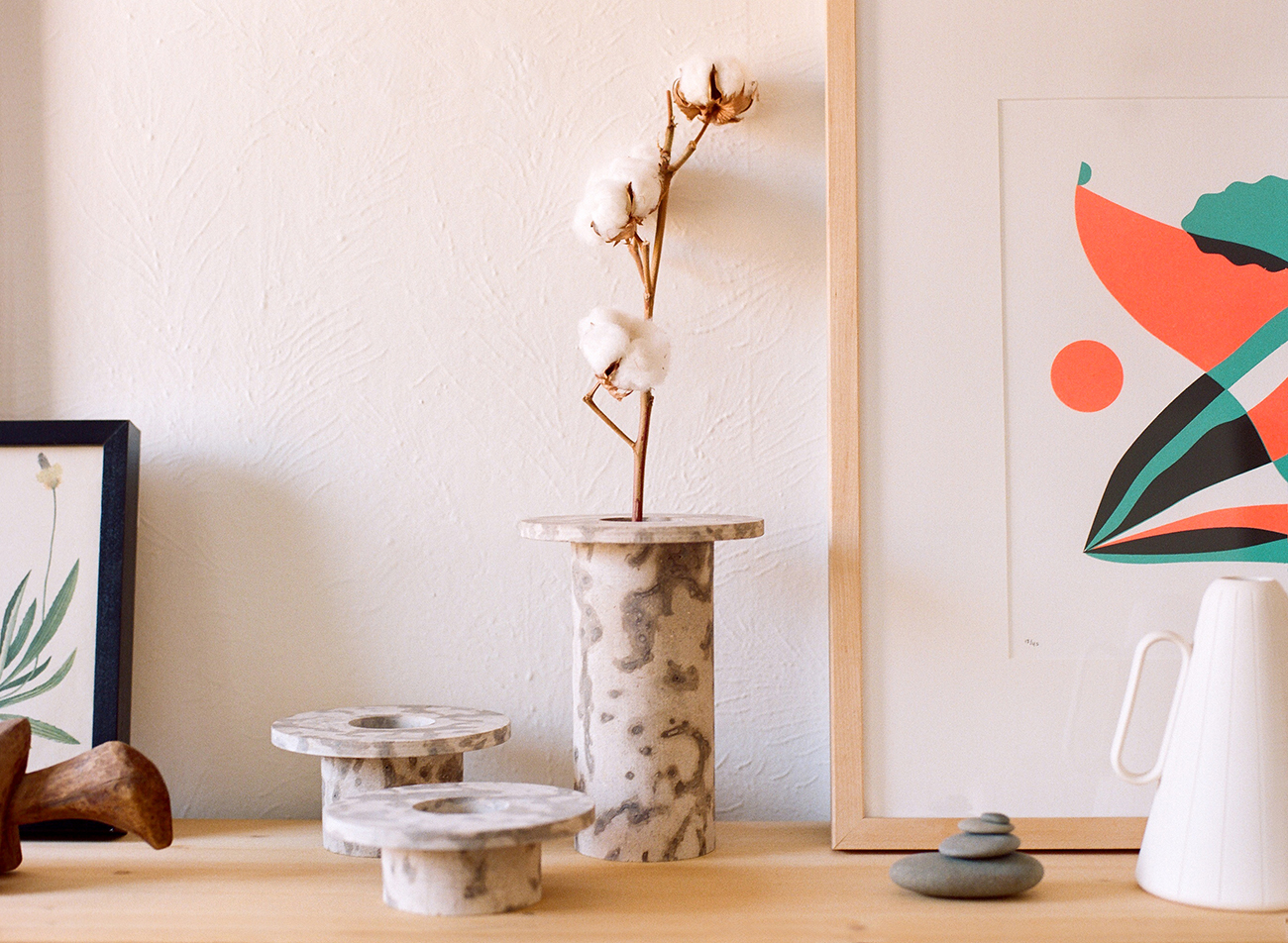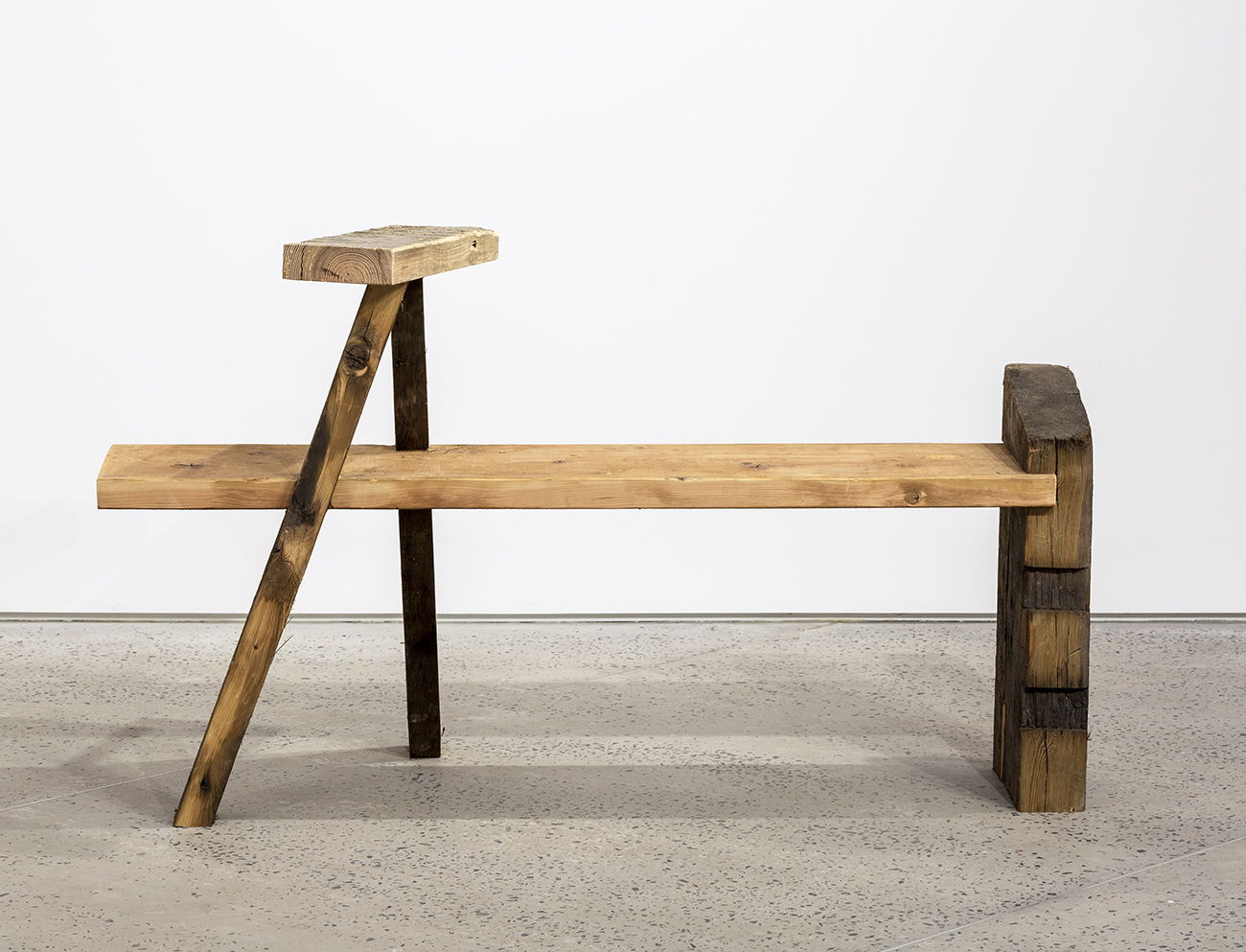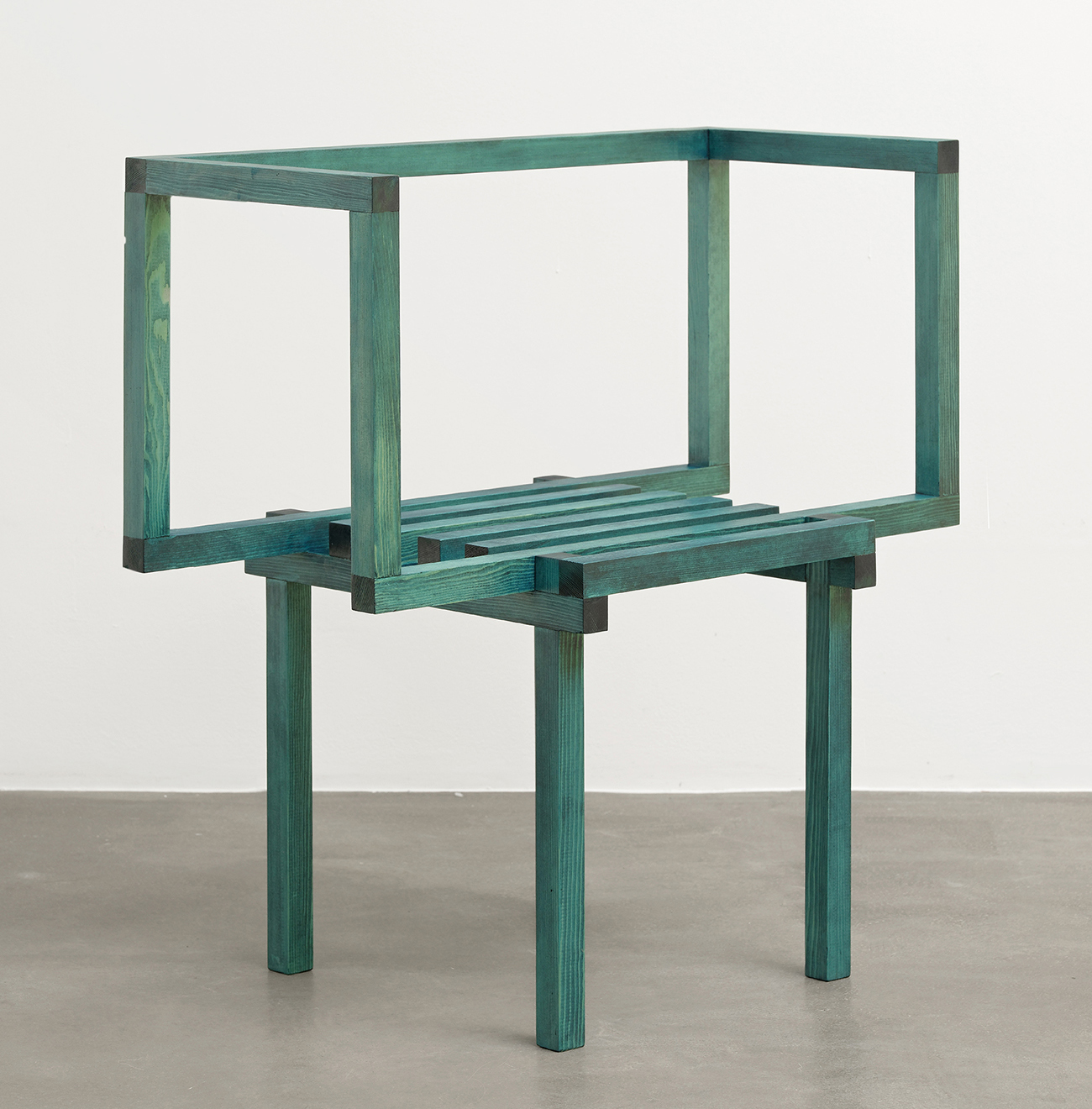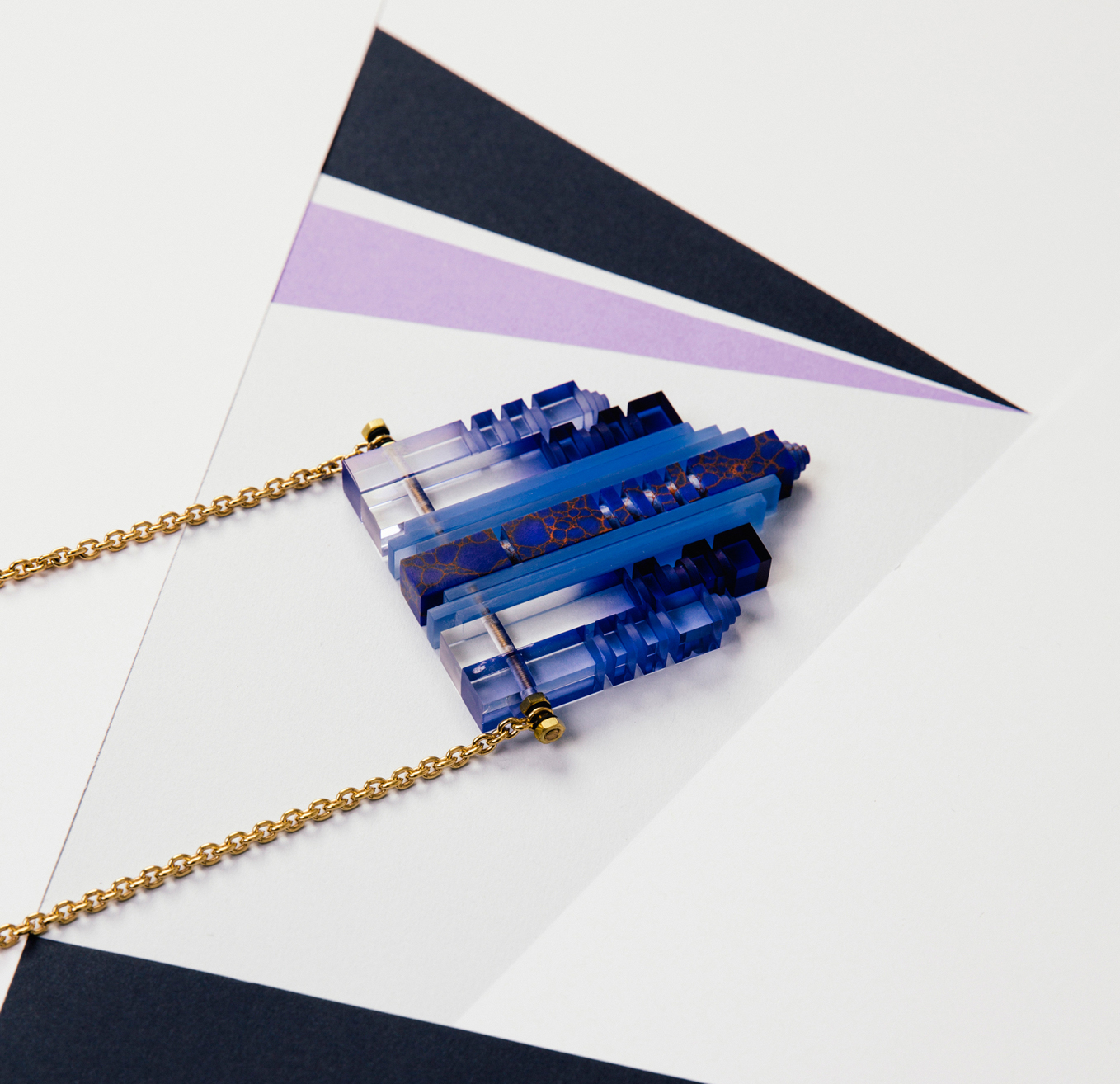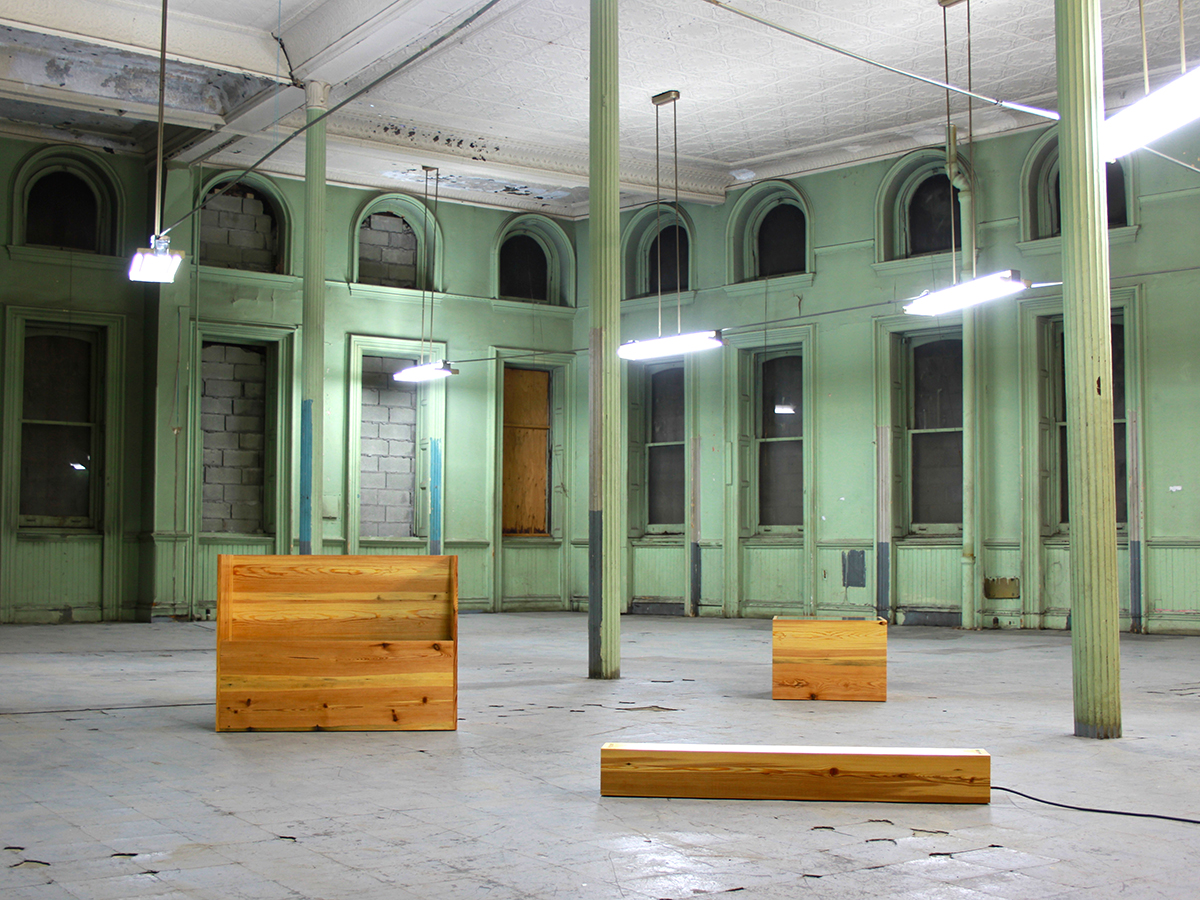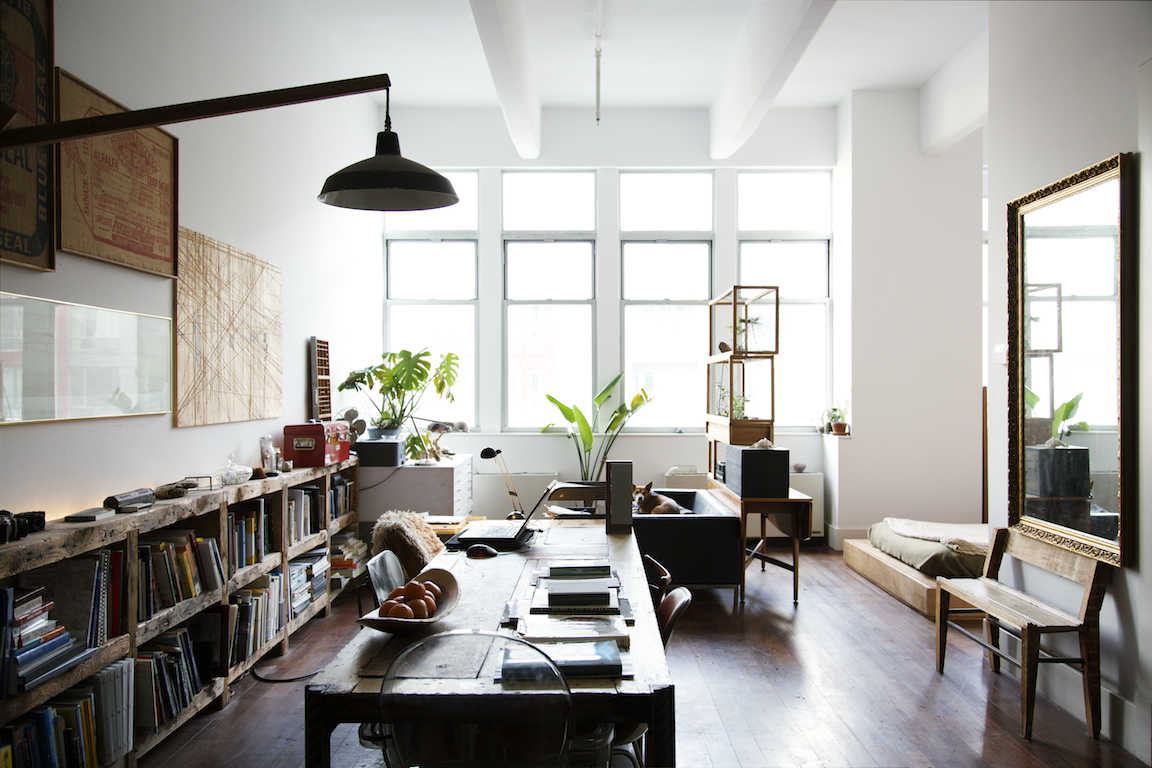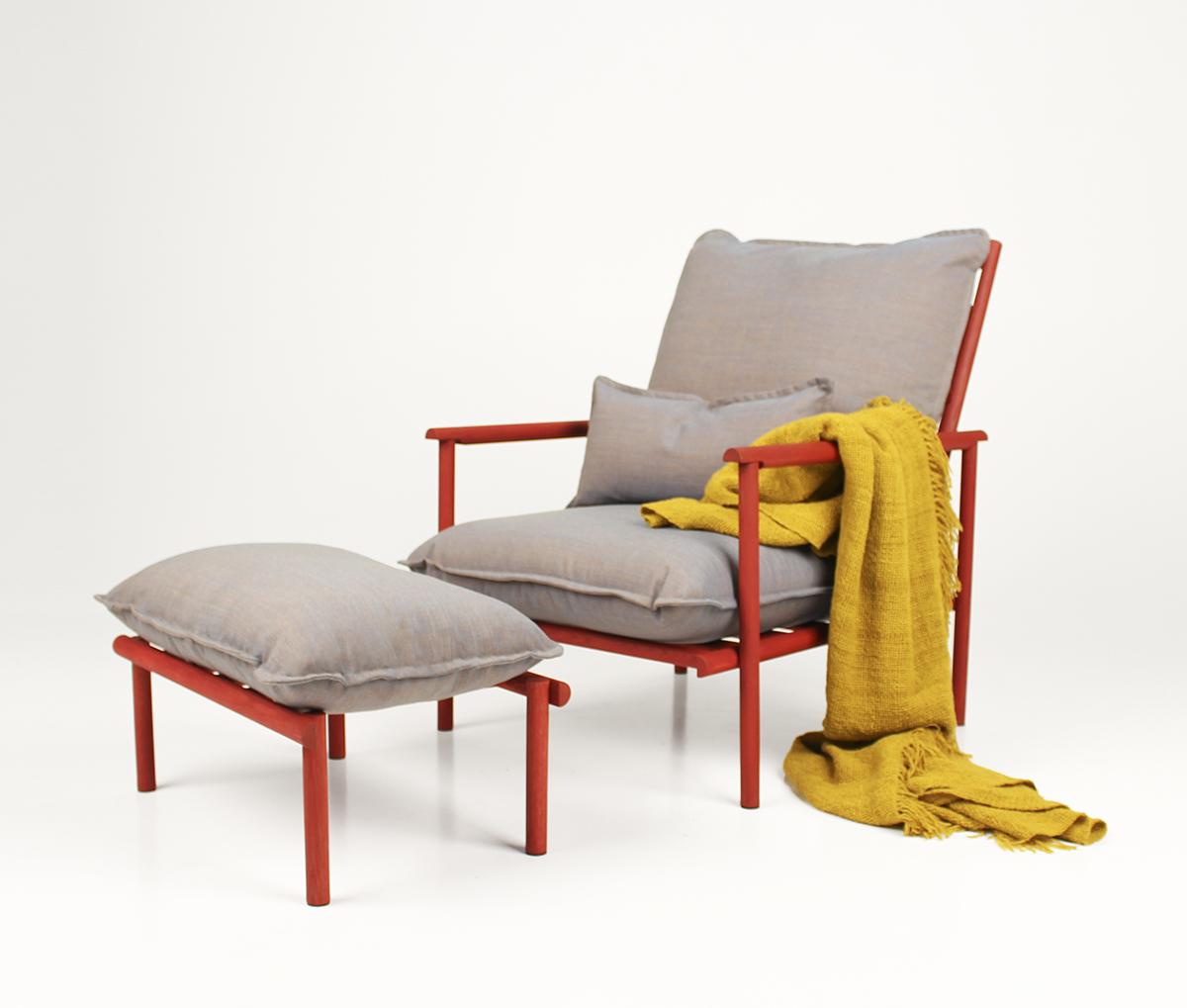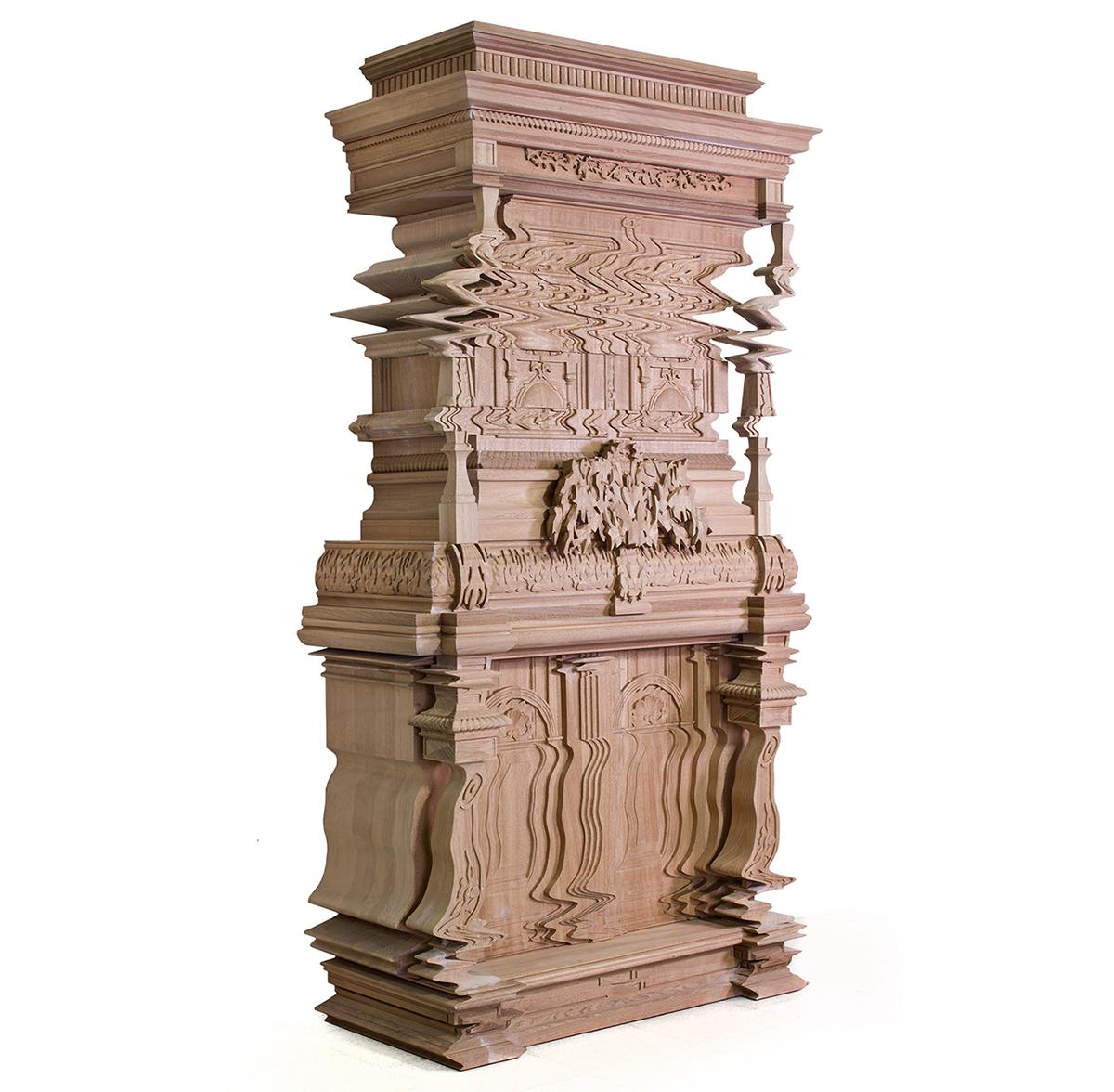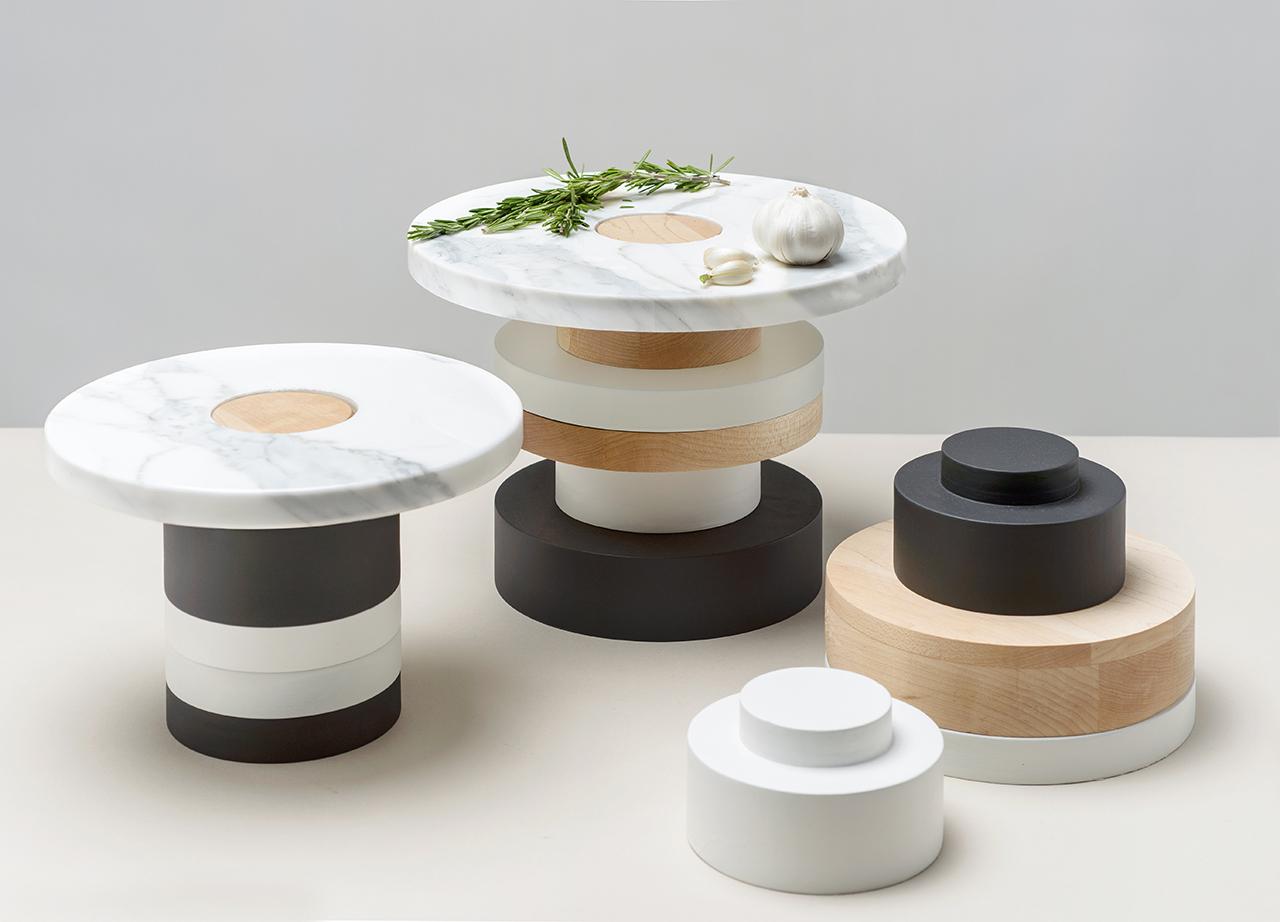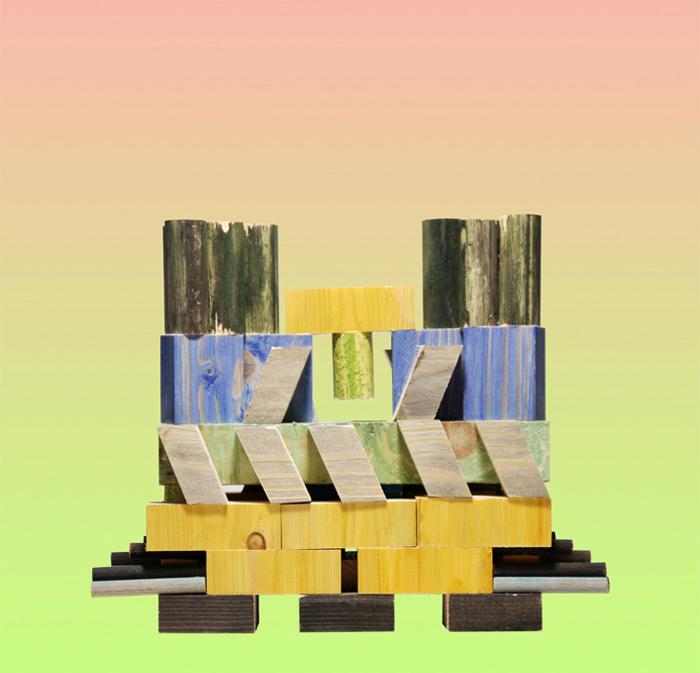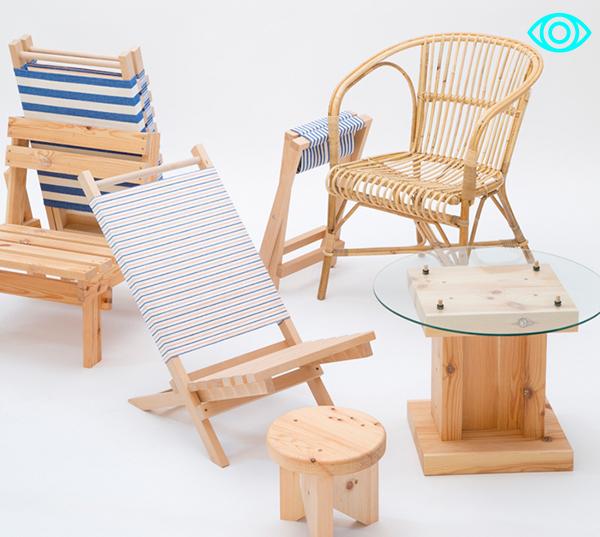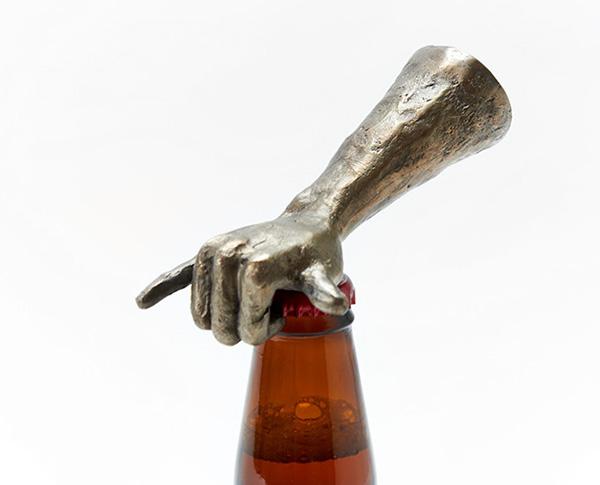It's been a banner year for Norwegian design — from our perspective, anyway. Just after being thoroughly indoctrinated to its highlights, both old and new, during New York Design Week in May, we set off on a long-awaited pilgrimage to the country in June to experience its aesthetic charms for ourselves, and we were not disappointed. Yet if we think back, our Norwegian design awakening truly began at this year's Salone Satellite exhibition in Milan; that's where we discovered the work of the promising young Bergen-based duo Vera Kleppe and Åshild Kyte — aka Vera & Kyte — whose debut collection of colorful tables, lamps, room dividers, and daybeds was highly graphic, well-resolved, and of-the-moment without being too trendy. Inspired by Art Deco, functionalism, French botanical gardens, and Jaques Tati's Mon Oncle, the series made us eager to see more from the duo, a wish that was granted this week when they sent us a first look at their latest project, just unveiled at Tent London: a simple wooden armchair intended to evoke summer. Read more about the work, along with what inspires Kleppe and Kyte in general, after the jump.
